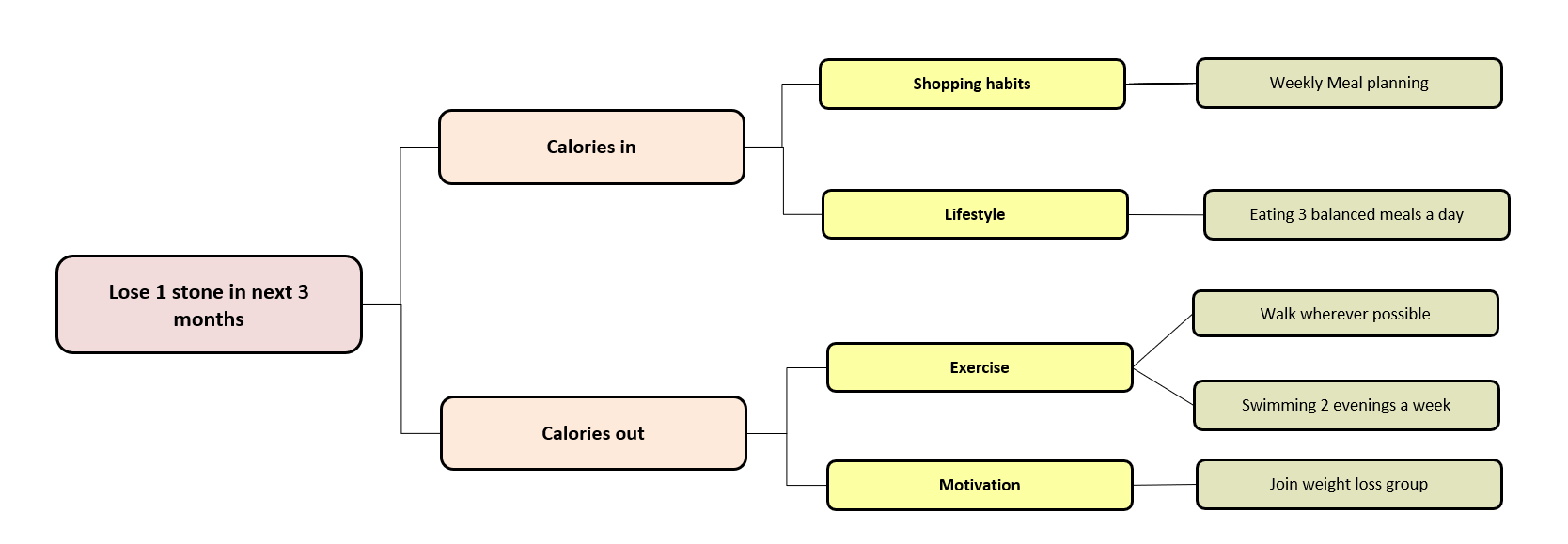Driver Diagrams
Driver diagrams are a type of structured logic chart that are a visual display of a team’s ‘theory of change’ or thinking of what “drives,” or contributes to, the achievement of a project aim.
They communicate to a range of stakeholders what a team is testing and working upon. As well as showing the pathway and relationship between the overall aim of the project, the primary drivers that directly influence the aim, the secondary drivers and specific change ideas. (see example below)

Driver Diagram Break Down
Driver diagrams fulfil a range of functions:
- help a team to explore the factors that they believe need to be addressed in order to achieve a specific overall goal
- show how the factors are connected
- act as a communication tool for explaining a change strategy
- provide the basis for a measurement framework.
Driver diagrams are therefore best used when an improvement team needs to come together to determine the range of actions they have to undertake to achieve a goal.
Four steps for a successful driver diagram
- Set out what you want to achieve in your Aim. Make it specific and measurable. It should not simply be ‘to reduce’ or ‘to improve’. It should be meaningful to staff, patients, and families. A key benefit of a well-written Aim is that it can help you to identify your outcome measure.
- Identify the big topics and important areas that need to be addressed to achieve your aim in the Primary Drivers, such as Patient Choice. Well-written Primary Drivers help you identify your process measures, which review the reliability of processes that might have an impact on the aim of the project.
- Consider which activities can positively influence the Primary Drivers. In the case of patient choice it might be complaints or a ward round. These are Secondary Drivers, which can influence more than one Primary Driver and help you identify relevant Change Ideas.
- Think very carefully about your Change Ideas. They should have an effect on at least one Secondary Driver and help achieve your aim. These are the important changes that will go into your project plan.
Driver diagrams fit into an improvement process. Before starting a driver diagram it is important to be clear about your goal. These goals are also termed ‘aim statements’.
Learn more about Driver Diagrams here:


